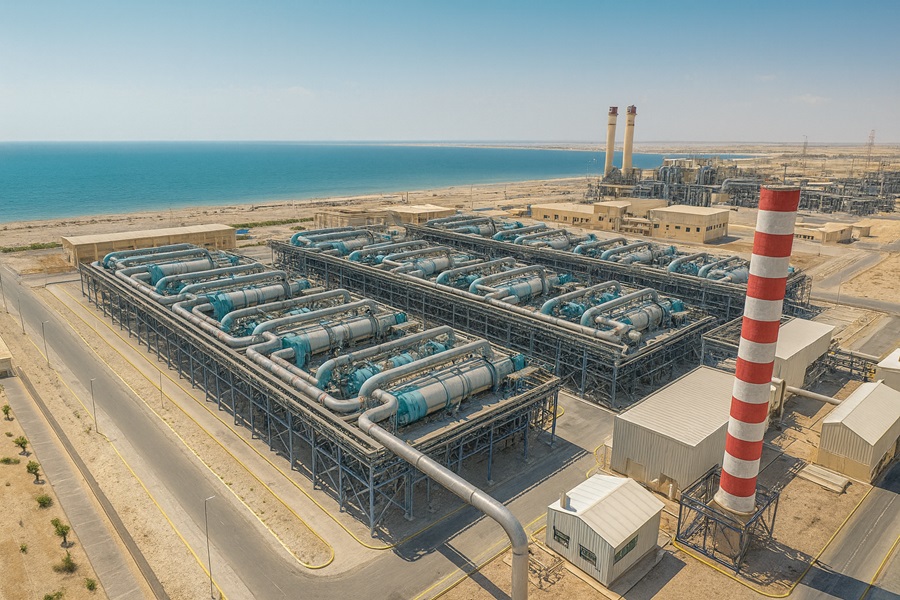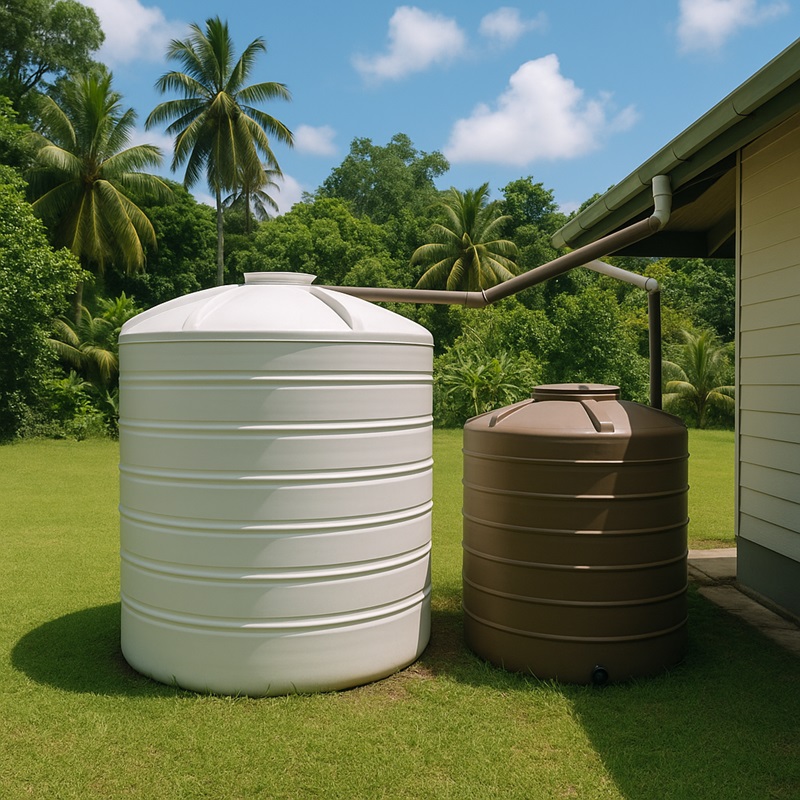Countries With No Natural Rivers face some of the world’s toughest freshwater challenges. At least 18 sovereign nations and 22 territories lack permanent rivers, ranging from vast desert kingdoms to tiny coral atolls. Yet, despite the absence of flowing surface water, many of these places have developed advanced solutions—desalination, groundwater extraction, rainwater harvesting, and wastewater recycling—to meet their water needs. This article explores how these nations survive, innovate, and adapt in an era increasingly shaped by water scarcity.

Which Countries Lack Natural Rivers?
Riverless countries can be grouped into two categories: arid desert states and small island nations or microstates.
Saudi Arabia
- Area: ~2.15 million km² (Rub’ al-Khali desert, Arabian Shield)
- Rainfall: <100 mm/year
- Water Source: ~50% desalinated, ~40% fossil groundwater, ~10% alluvial flows
Kuwait
- Area: ~17,800 km²
- Rainfall: ~100 mm/year
- Water Source: >70% from desalination; strict water rationing
UAE
- Area: ~83,600 km²
- Rainfall: <150 mm/year
- Water Source: Primarily desalination; intermittent wadis
Qatar, Bahrain & Oman
- Area: 11,500–44,000 km²
- Rainfall: <125 mm/year
- Note: Bahrain has recorded zero surface water since 1972
- Water Source: Desalination + brackish groundwater
Libya & Djibouti
- Libya: 1.76 million km², entirely desert. Relies on the Great Man-Made River project.
- Djibouti: 23,000 km², flash runoff from mountains only
Yemen
- Area: 528,000 km²
- Rainfall: 200–400 mm/year
- Surface Water: Only ephemeral wadis during storms
Island Nations & City-States
- Examples: Tuvalu, Kiribati, Nauru, Maldives, Tonga, Bahamas, Monaco, Malta, Vatican City
- Geography: Flat coral or volcanic islands, urbanized terrain
- Water Source: Rainwater harvesting, small-scale desalination, fragile groundwater lenses
Top Countries With No Natural Rivers Comparison
| Country/Region | Area (km²) | Rainfall Avg | Surface Water? | Primary Supply Mode |
| Saudi Arabia | ~2,150,000 | <100 mm | Flash wadis only | Desalination + Aquifers |
| Kuwait | ~17,800 | ~100 mm | None | Desalination |
| UAE | ~83,600 | <150 mm | Episodic wadis | Desalination |
| Qatar / Bahrain / Oman | 11.5k–44k | <125 mm | None or flash floods | Desalination + Brackish GW |
| Libya / Djibouti | 1.76M / 23k | <200 mm | Flash flow creeks | Aquifers + Imported supply |
| Tuvalu / Nauru / Others | <1,000 | 1.5k–3k mm | None | Rainwater, Small Desal Units |
Why Don’t These Countries Have Rivers?
❄️ Minimal Rainfall & Arid Climates
- Most riverless nations lie in hyper-arid zones (e.g. Arabian Peninsula) with <125 mm/year of rainfall.
- Due to high evaporation and poor retention, only 5–10% of precipitation becomes runoff.
Arheic and Endorheic Basins
- Many exist in arheic (no drainage) or endorheic (closed-drainage) basins.
- Water never reaches the sea; it evaporates into salt flats or sinks.
Geological Permeability
- Coral islands (Nauru, Tuvalu) have porous soil with no capacity for surface flow.
- Urban microstates (Malta, Monaco) are built on small impermeable terrain with no catchment capacity.
⛈️ Hydrological Extremes
- Flash floods create wadis, not rivers. These dry up within hours to days.
- Climate change worsens extremes: longer droughts, fiercer deluges = no steady flow.
How Do Countries With No Rivers Source Water?
Before diving into country-specific solutions, it’s helpful to understand the core strategies used by riverless nations. Here’s a quick breakdown of the four main methods:
- Desalination: A process that removes salt and impurities from seawater to produce potable water. Most common in coastal desert nations like Saudi Arabia and the UAE.
- Groundwater: Fossil Aquifers: Ancient underground water reserves that formed thousands of years ago and are not being replenished. Commonly tapped in Libya, Saudi Arabia, and Yemen.
- Rainwater Harvesting: The collection and storage of rain from rooftops or catchment areas. Especially vital in small island nations like Tuvalu, Nauru, and Kiribati.
- Water Reuse & Community Innovation: Recycling treated wastewater for direct or indirect use, as well as innovative local solutions like fog nets and sand dams to capture and store water.
Desalination (Mainly Gulf Nations)
- Countries like Saudi Arabia, UAE, Kuwait, and Qatar have invested heavily in large-scale desalination plants.
- Ras Al-Khair in Saudi Arabia is one of the world’s largest, producing over 1 million m³/day.
- Energy-intensive: reverse osmosis and thermal processes require high electricity, increasing carbon emissions.
- Strategic shift: Gulf nations are investing in solar-powered desalination to reduce environmental impact.
- Brine discharge: The concentrated salty by-product harms marine ecosystems, especially in semi-enclosed seas like the Arabian Gulf.
Groundwater: Fossil Aquifers
- Countries like Libya, Saudi Arabia, and Yemen tap into deep, non-renewable fossil aquifers.
- These aquifers were filled during prehistoric wetter periods and do not recharge under today’s climate.
- Risks: Over-pumping causes salinization, land subsidence, and permanent depletion.
- Libya’s Great Man-Made River Project transports fossil water over 1,600 km across the desert.
- Monitoring and regulation are often weak, leading to uncontrolled abstraction.
Rainwater Harvesting (Island Nations)
- In nations like Tuvalu, Nauru, and Kiribati, rainwater is collected from rooftops into tanks.
- Annual rainfall is often 1,500–3,000 mm, but variability is high.
- Challenges: Poor infrastructure, dirty collection systems, and extended droughts.
- Climate threats: Sea-level rise causes saltwater intrusion into underground freshwater lenses.
- Some islands are turning to compact solar desalination units as a supplementary source.
Water Reuse & Community Innovation
- Namibia leads in water reuse; its capital, Windhoek, reclaims wastewater through a multi-barrier filtration system for direct potable use.
- Sand dams used in parts of Africa slow seasonal runoff to recharge aquifers and serve communities year-round.
- Greywater systems in rural areas recycle water from washing and bathing for irrigation.
- Innovations like fog nets, portable water filters, and solar stills are being tested in remote or disaster-prone areas.
Survival Without Rivers
Saudi Arabia
- 50% desalination, 40% fossil groundwater
- Abandoned wheat self-sufficiency due to aquifer depletion
Kuwait
- 100% of drinking water from desalination
- High per-capita water use + rationing
Tuvalu & Nauru
- Rain tanks = lifeline
- Groundwater lenses at risk from sea-level rise & salinization
Namibia
- Solar-powered desal + reclaimed sewage + boreholes
- Ohangwena II Aquifer could serve the country for centuries
Top 5 Riverless vs River-Rich Countries Comparison
This side-by-side comparison illustrates how the world’s most river-dependent and riverless countries manage water differently—based on availability, infrastructure, and innovation.
| Criteria | Saudi Arabia (Riverless) | Kuwait (Riverless) | Tuvalu (Riverless) | Brazil (River-Rich) | China (River-Rich) |
| Natural Rivers | ❌ None | ❌ None | ❌ None | ✅ Amazon, São Francisco | ✅ Yangtze, Yellow |
| Rainfall (avg. mm/year) | ~100 | ~100 | ~2,000 | ~1,700 | ~645 |
| Main Water Source | Desalination + aquifers | Desalination | Rainwater + tanks | Rivers + dams | Rivers + reservoirs |
| Water Reuse (%) | ~40% | ~30% | Minimal | <10% | ~15% |
| Climate Resilience Focus | Solar desalination | Energy efficiency | Rain storage & filters | River protection laws | South-to-North Diversion |
| Key Risk | Aquifer depletion | Marine brine pollution | Sea-level intrusion | Deforestation | River pollution |
This chart shows the extremes of hydrological dependency—from desert nations that manufacture water to rainforest giants that channel it naturally.
How Riverless Nations Adapted Post-1950s
Following the 1950s, rapid population growth, industrialization, and urban expansion forced riverless nations to shift from traditional water sources to technologically advanced solutions. Here’s how they evolved:
1950s–1970s: Foundation Building
- Kuwait (1951): Built one of the world’s first desalination plants, pioneering freshwater independence.
- Libya: Relied on shallow aquifers and oases; early planning for large-scale water transport.
- Tuvalu/Nauru: Depended on colonial rainwater collection systems and small groundwater lenses.
1980s–1990s: Scaling Infrastructure
- Saudi Arabia: Massive investment in desalination, alongside fossil aquifer exploitation for agriculture.
- Libya (1984): Initiated the Great Man-Made River Project, supplying fossil water to cities across the desert.
- UAE: Launched coordinated desalination expansion to support urbanization (e.g., Dubai’s rise).
2000s–2010s: Diversification & Modernization
- Namibia: Became the first country to reclaim sewage for potable reuse (Windhoek).
- Island Nations: Introduced solar-powered desal units, gutter filtration, and rain tank scaling.
- Policy: Groundwater licensing and efficiency codes introduced across GCC nations.
2020s–Today: Climate-Smart & Renewable Shift
- Gulf States: Transitioning desalination to renewable-powered systems.
- Tuvalu: Launched the Tuvalu Coastal Adaptation Project for integrated freshwater and climate resilience.
- Cross-Border Planning: GCC exploring aquifer treaties and data sharing.
These adaptations show that riverless nations are not static—they are continually evolving, applying science, engineering, and policy to ensure water resilience in an increasingly uncertain climate.
Sustainability & Environmental Challenges
Over-Extraction of Fossil Water
- Non-renewable
- 80% depletion in some basins (Saudi Arabia)
- Consequences: salinization, subsidence, loss of future supply
Desalination’s Carbon & Ocean Costs
- High CO2 footprint (thermal > RO)
- Brine waste disrupts marine ecosystems (especially in semi-closed seas like the Gulf)
Climate Change Risks
- Sea-level rise = saline intrusion (Tuvalu, Maldives)
- Erratic rainfall reduces recharge reliability
Infrastructure Inequality
- Rural areas lack piping, sanitation
- E.g. Vanuatu families drinking brackish water = disease spike
Solutions & Innovations
Aquifer Management
- Artificial recharge, borehole regulations, and monitoring
Renewable-Powered Desalination
- Solar RO plants in UAE, Saudi Arabia
- Brine blending with wastewater for safe disposal
Climate Resilient Infrastructure
- Elevated storage tanks, rain-capture roofs, mobile desal units
- Coastal barriers + salinity sensors
Inclusive Planning & Funding
- Push for multi-dimensional vulnerability index (MVI)
- Climate finance for Small Island Developing States (SIDS)
Emerging Trends in Policy
- Water metering and pricing reform
- Wastewater reuse rates reaching 40–90% in GCC
- Regional aquifer treaties and tech-sharing
- AI-driven leak detection and smart grid water systems
Frequently Asked Questions (FAQs)
Why don’t some countries have rivers?
Due to their arid climates, small size, geological makeup, and closed hydrological basins, water never collects into permanent rivers.
How do riverless nations get water?
Mainly via desalination, fossil aquifers, rain harvesting, and recycling wastewater.
Which country is most dependent on desalination?
Kuwait and Saudi Arabia are among the most desalination-dependent globally.
Can countries survive without rivers in the future?
Yes, but only with sustainable innovation, renewables, and climate finance.
Conclusion: Water Without Flow
Even without rivers, countries like Saudi Arabia, Tuvalu, and Namibia have built remarkable resilience around innovation, infrastructure, and international cooperation. Their efforts show that a future without rivers doesn’t mean a future without water. But the cost—both ecological and financial—demands that we act smarter, share resources, and prioritize sustainability.




